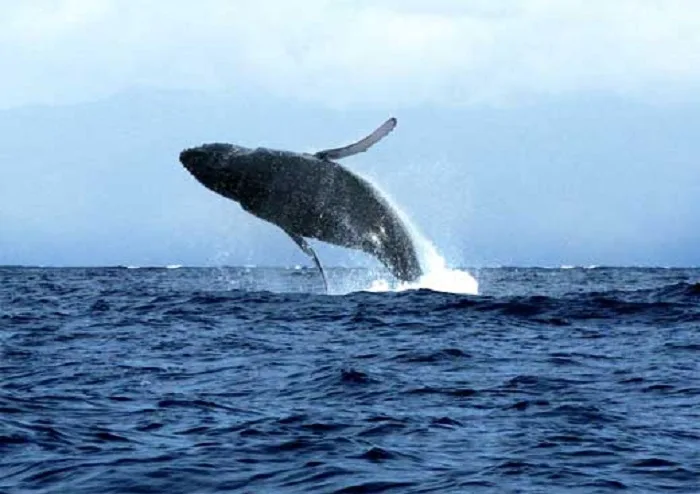Fun Facts About Humpback Whales

The great migration to Hawaii has begun for the ocean’s most acrobatic whales – the humpback whales (or Kohala in Hawaiian). Between November and March, more than half of the world’s humpbacks travel from their fertile Alaskan feeding grounds to the warm Hawaiian waters, where they mate, give birth and nurse their young. This year, they came a couple months early.
But it’s not too late to get the best seats in the house. You can view them from a boat or from land; just make sure you’ve got your binoculars and camera in hand! They have a tendency to surprise spectators with their nimble tricks at any given moment. In the meantime, here are some interesting facts about humpbacks that might help pass the time in between whale sightings.
- Male whales are called bulls, and females are called cows. Their young are called calves. Does that mean they, “moo”
- While they don’t “moo,” male whales communicate with females by singing.
- Not only are they singers, but they’re also acrobats, showing off their most impressive moves above the ocean’s surface. There’s one thing , however, that they won’t be showing – their teeth. That’s because they don’t have any! Instead, they have baleen, or plates that filter out small fish from the water.
- Female baleen whales are larger than males. On average, a grown humpback is about 40-feet long. That’s as long as a school bus.
- With that much whale going on, it’s no wonder an average adult tips the scale at the same weight of four elephants.
- But the thing is, humpbacks aren’t fat nor do they need to diet. They’re actually really small eaters, nibbling on tiny fish and plants to satiate their appetites.
- Not to mention, they only eat during the summer months. Humpbacks feed off of their fat reserves during the winter, when they’re hanging out in the islands.
- Despite other ocean creatures calling them “fat,” humpback whales remain h3 believers in freedom of self-expression. Each whale has a unique pattern on the underside of his or her tail, giving them a true sense of identity.
Photo Credit: Bruce Fisher